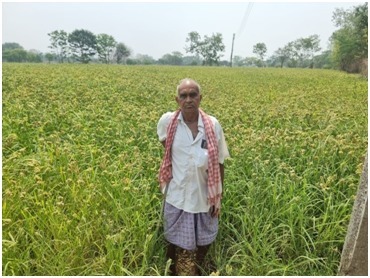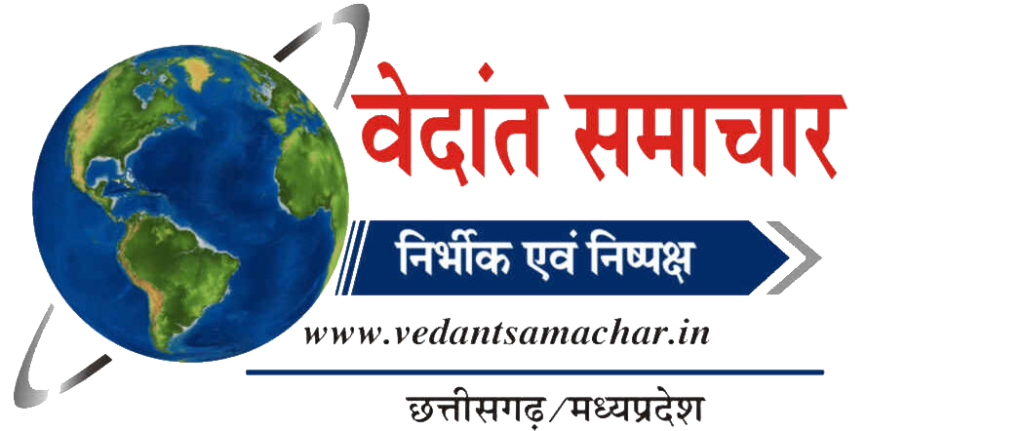The cultivation of the ragi crop has proven to be a cost-effective way to increase profits
Raipur, 6 September 2023 । The Chhattisgarh government is making consistent efforts to promote millet crops, aiming to boost agricultural diversification. Earlier, most farmers predominantly grew paddy on their fields, but they are now opting for crop diversification, influenced by the farmer-friendly schemes implemented by the state government. In Chhattisgarh, millets including Kodo, Kutki, and Ragi are being procured at support prices. This year is being celebrated as the International Year of Millets to increase the production and consumption of millets. To promote ragi cultivation, the Mahasamund district was given a target to sow millet on 1,500 hectares of area last year. With the help of the concerned department, the cultivation of millets flourished on a large scale in the district’s Pithora and Basna development blocks. In village Bhanwarpur, under the Basna development block, 33 farmers earned profits by cultivating ragi crops on a 100-acre area. As a result, farmers have seen significant changes in their lives as they progress towards economic prosperity through millet cultivation.

Inspired by government initiatives, farmer Mr. Dongar Singh Chakradhari cultivated ragi in his fields. In the Rabi crop year 2022–23, he cultivated the V.V. Madia-376 seed variety on a 0.40-hectare area that he received under the National Agricultural Development Scheme (RAFTAAR) of the Agriculture Department. He was granted seeds and input materials at a rate of Rs 6,000 per hectare under the scheme. With the help of this initiative, he was able to achieve good production and profit.
Farmer Shri Chakradhari cultivated ragi in an area of 0.40 hectares and obtained a yield of 12 quintals from the cultivation. He sold the crop to the Minor Forest Produce Committee at the support price of Rs 3578 per quintal and received Rs 42,936. After incurring harvest expenses of Rs 4000, he earned a net income of Rs 38,936. To increase production, Shri Chakradhari uses fungicide and PSB before sowing and uses sunflower crops as an intercrop to increase per-unit productivity. This strategy proved to be very profitable and helped him earn more than he expected.
Similarly, Mr Vijayshankar Patel, a farmer of Bijatipali village in the Saraipali development block, cultivated ragi on the advice of the Agriculture Extension Officer. He cultivated ragi on a 1.80-hectare area and obtained a yield of 21.59 quintals, earning Mr Patel a profit of 1,12,000 rupees. Earlier, he used to cultivate paddy, which demanded a substantial amount of water and incurred high expenses for fertilizers. Ragi crops required less water to grow and turned out to be a profitable alternative. Both farmers have expressed gratitude to the state government for launching such farmer-friendly initiatives.
[metaslider id="347522"]

